
Filter by

Filter by
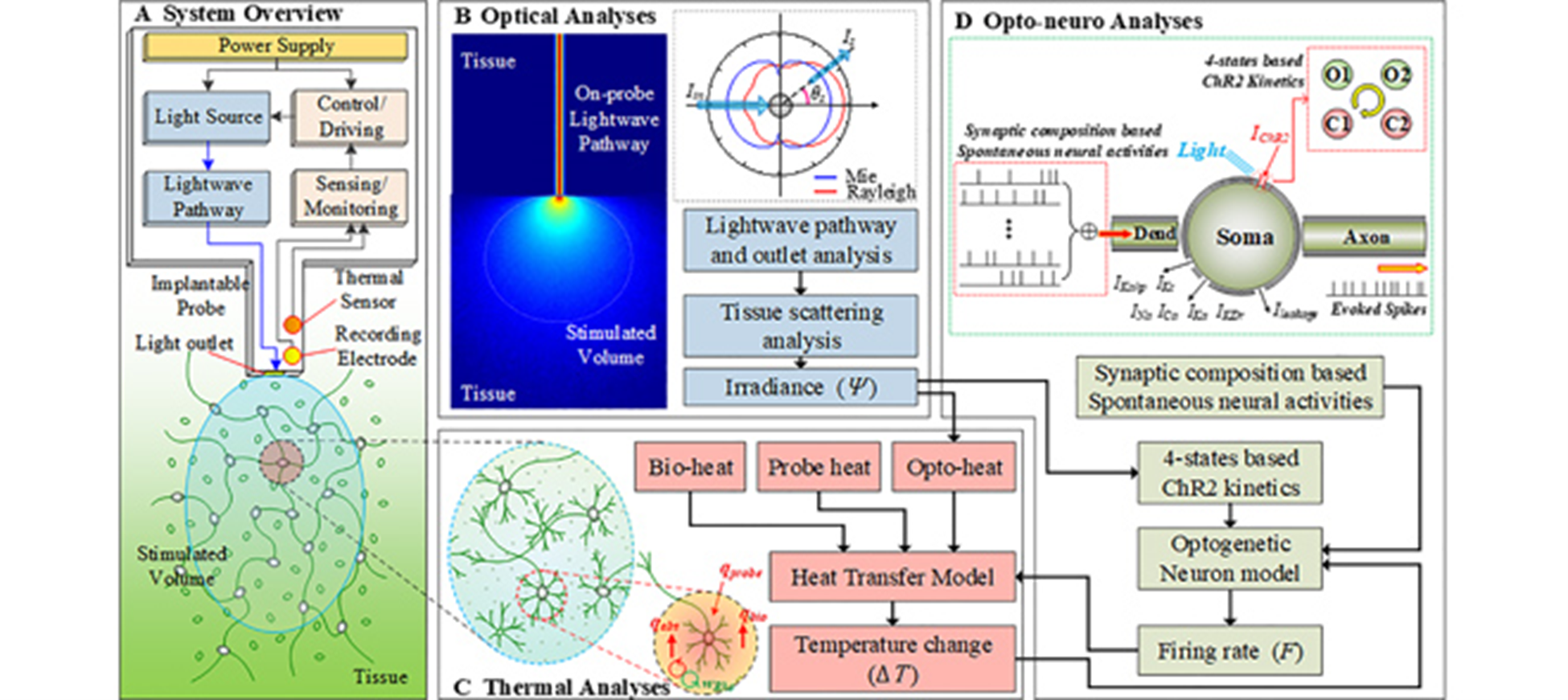
Optogenetic-based neuroprosthetic therapies are increasingly being considered for human trials. However, the optoelectronic design of clinical-grade optogenetic-based neuroprosthetic probes still requires some thought. Design constraints include light penetration into the brain, stimulation efficacy, and probe/tissue heating. Optimisation can be achieved through experimental iteration. However
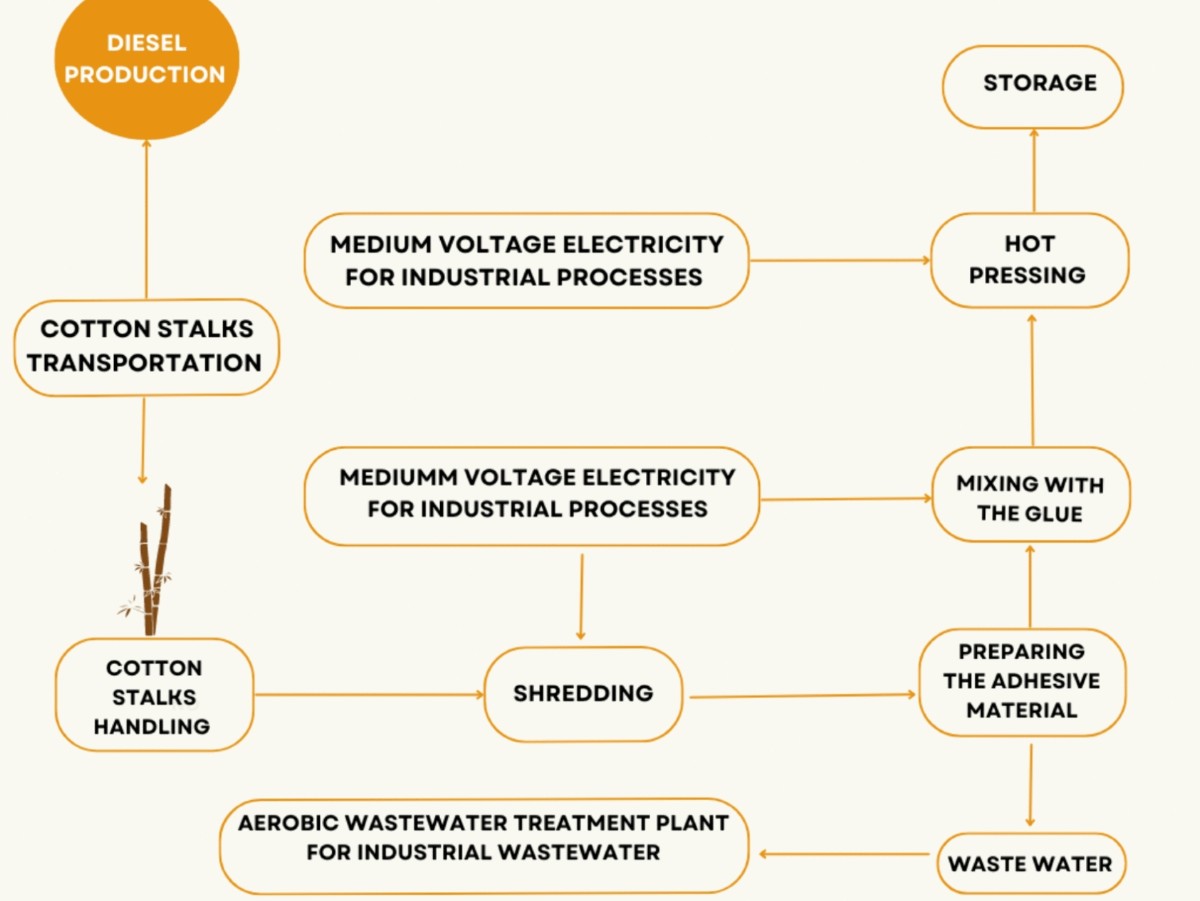
Carbon dioxide emissions pose a global issue, with deforestation, forest loss from logging, fires, and construction highlighting the adverse effects of climate change. Urgent action is required to reduce carbon dioxide emissions and preserve forests. Egypt can contribute to reducing greenhouse gas emissions by effectively utilizing its waste resources, especially agricultural waste. The research
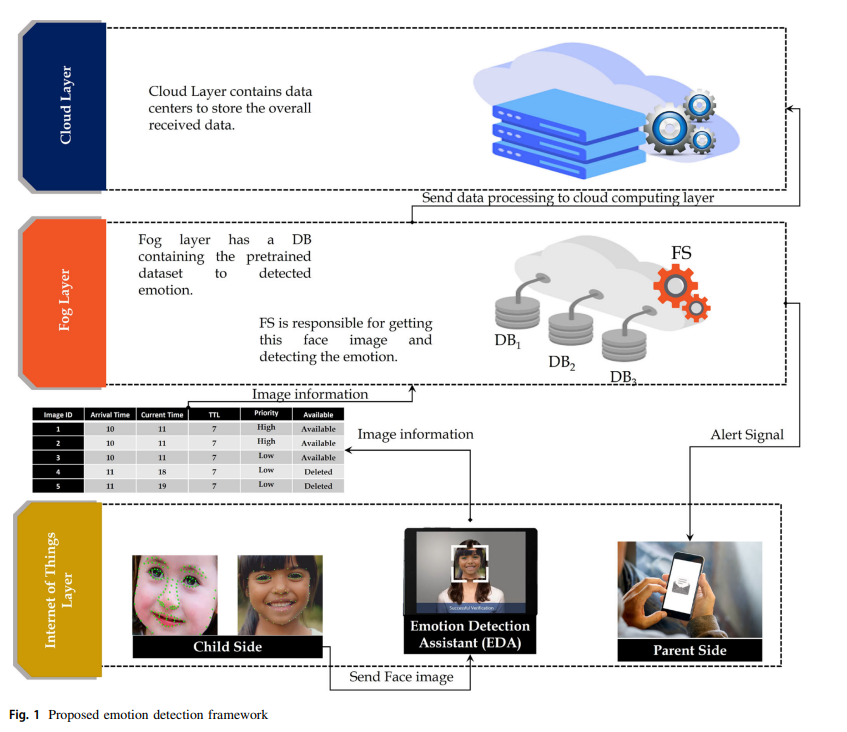
Autism Spectrum Disorder (ASD) is a neurodevelopmental disorder that is characterized by abnormalities in the brain, leading to difficulties in social interaction and communication, as well as learning and attention. Early diagnosis of ASD is challenging as it mainly relies on detecting abnormalities in brain function, which may not be evident in the early stages of the disorder. Facial expression
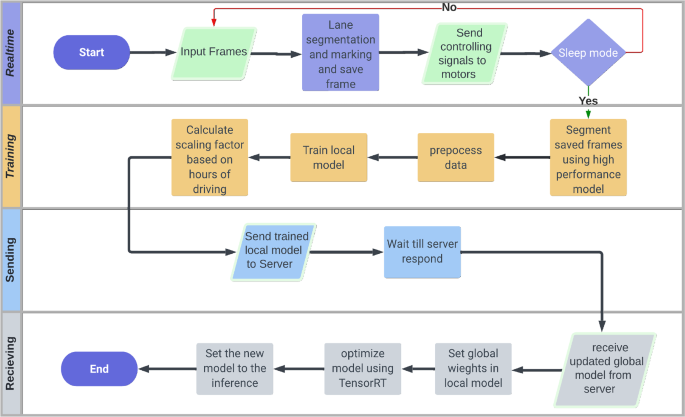
Autonomous Vehicles (AV) is one of the most evolving industries in the last decade. However, one of the bottlenecks of this evolution is providing data that contains different scenarios and scenes to improve the models without exposing the privacy and security of the edge vehicles. The authors of this research propose a secure and efficient novel solution for lane segmentation in AVs through the
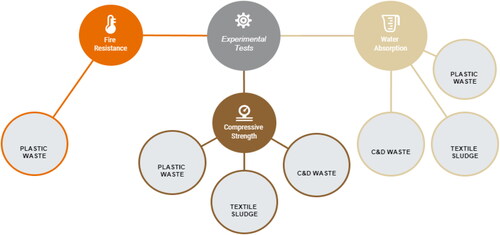
Waste is considered a significant environmental issue in modern times thus the purpose of this paper is to compare the use of different waste materials in replacing aggregates in concrete. This study investigates the potential of incorporating plastic waste (PW), textile sludge (TS), and construction and demolition waste (CDW) into concrete as sustainable alternatives to traditional construction
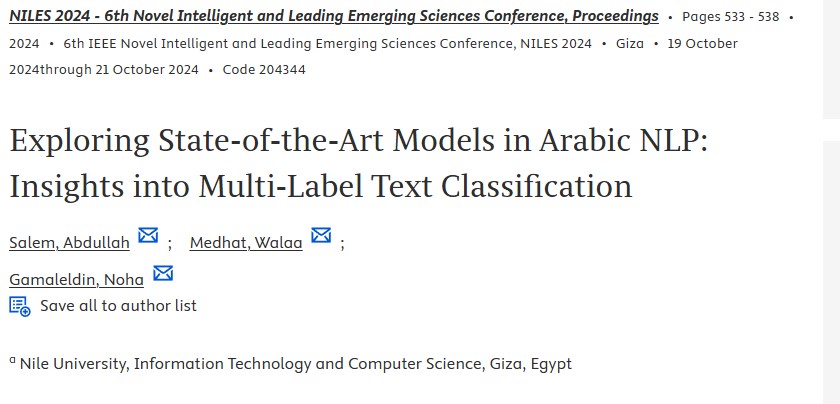
This study addresses the challenge of multi-label text classification in the Arabic language, focusing on movie genre categorization using plot summaries. Even though over 400 million people speak Arabic, its natural language processing (NLP) advances are not keeping up with those of other languages because of data shortages and quality difficulties. Three key contributions are made by this
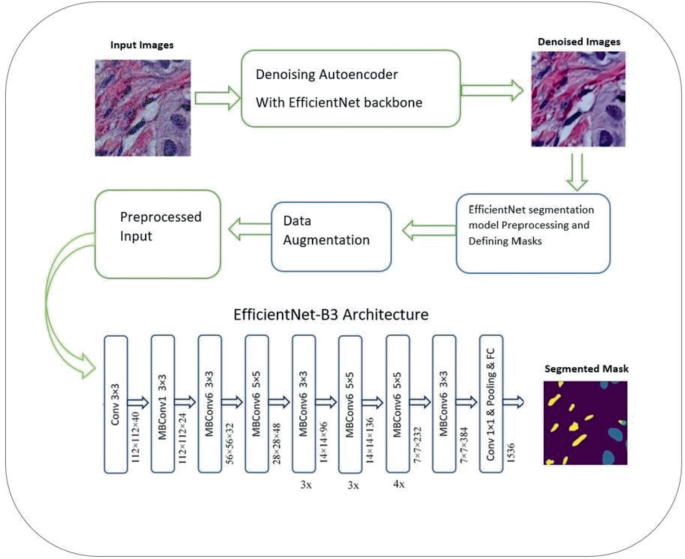
Machine Learning technologies are being developed day after day, especially in the medical field. New approaches, algorithms and architectures are implemented to increase the efficiency and accuracy of diagnosis and segmentation. Deep learning approaches have proven their efficiency; these approaches include architectures like EfficientNet and Denoising Autoencoder. Accurate segmentation of nuclei
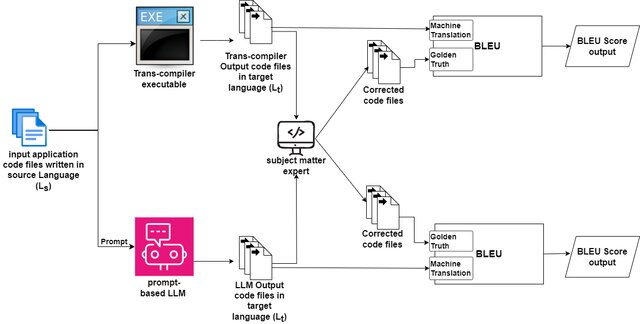
Cross-platform mobile application development is emerging widely in the mobile applications industry. Cross-platform Frameworks (CPFs) like React Native, Flutter, and Xamarin are used by many developing companies. The technology these frameworks use faces performance and resource use efficiency limitations compared to native applications. The native applications are written in the native languages
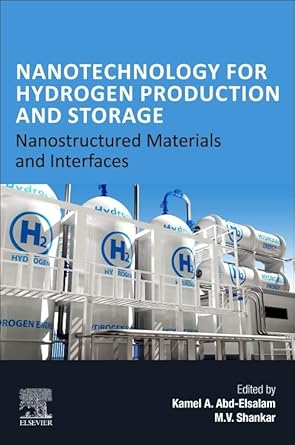
Climate change and the increase in population are encouraging many researchers to work on getting nonconventional sources of energy. Ionic liquids (ILs) have unique physicochemical properties for this field. Therefore, using nanoionic liquids and ILs in energy storage is very promising, particularly considering the reported high efficiency in the existing literature. Hydrogen production
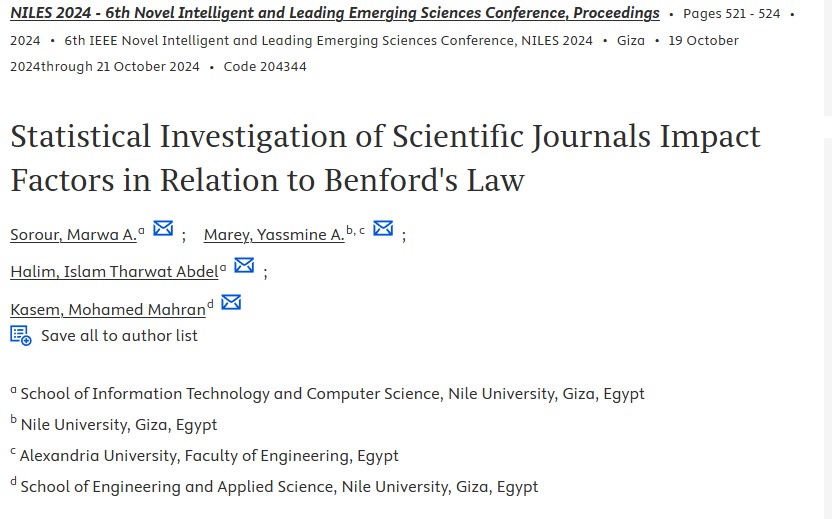
Benford's law (BL) has been used as a tool for the detection of possible data manipulation in datasets. The statistics of the first digit(s) of the observed values are compared to a set of expected values given by BL, and violations signal possible data anomalies. Though this method is first used for economical purposes, it has been recently used in bibliometric statistical analyses. The method